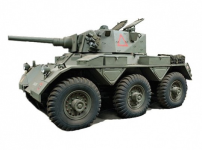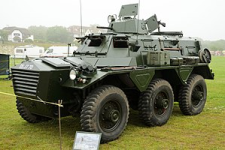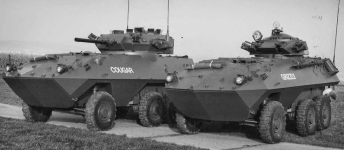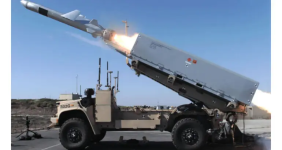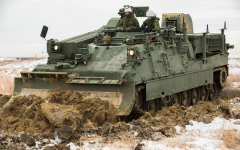I think it is pretty safe to say that nothing, in isolation, is survivable. That, to me, means that there is a reason why long range weapons and standoff sensors are becoming a thing. Trying to take an objective with a single, mad rush is becoming even more dangerous than it has been.
Couldn't you say the same about Hobart's Funnies, virtually weapons system of WW2 and the entirety of technological development in WW1? In those cases the risk of doing nothing was greater than the risk of whatever it was that was being attempted. Some worked, some failed and some failed but could be improved.
I think that is where modularity comes in to play. That and additive technologies. Just take a look at your average modern car and truck manufacturer. Henry Ford's line was whatever you want so long as it is black. Now the same production line gives you not just different colours but pickups and suvs, 2 doors and 4 doors, diesel, gas, hybrid and evs, 2WD/AWD/4WD, duellies etc.
I've used this before
Good Modularity
View attachment 79615View attachment 79616
Bad Modularity
View attachment 79618
The Saladin and the Saracen shared mechanicals but modified the hull to suit the role.
The Cougar and the Grizzly shared mechanicals and hulls and just stuck a different fire power module on top and called it good.
I feel that the Boxer version of modularity is heading the same way.
Meanwhile this could be a better basis for modular design
View attachment 79619
Add capabilities, crew, pax, weapons, sensors and armour to your hearts content.


